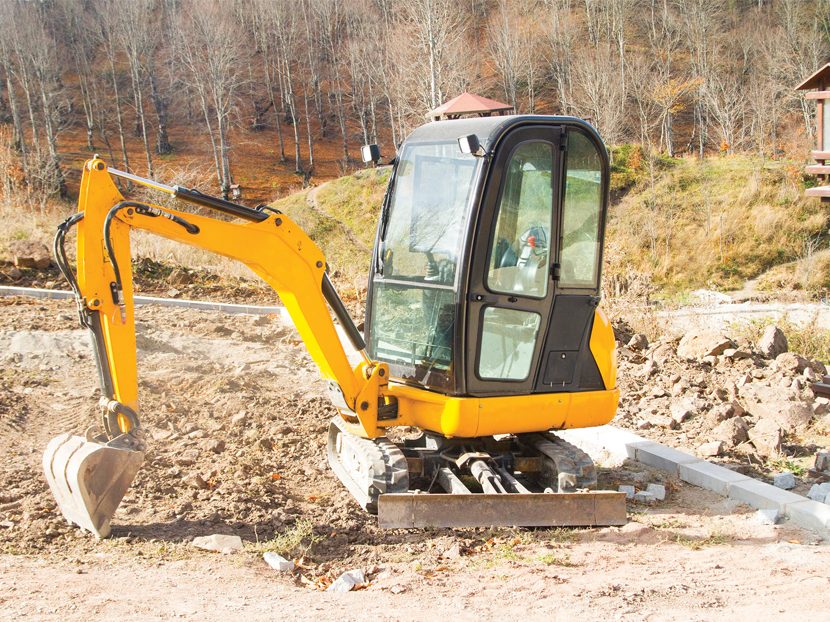Can Customer Service Be a Profit Center?
A look at other industries says this is possible.

Back when I transitioned my distribution career over to the advisory side of the business, there was a popular study conducted in the industry. “Facing the Forces of Change” was originally conducted by the Arthur Anderson Group and then picked up by Pembroke Consulting lead by Dr. Adam Fine. Essentially, four major recommendations came out of the study.
Although I can’t recall all four, the one that has always stuck with me was this: For wholesale distributors to remain viable, they need to explore the possibility of getting paid for the services they perform. Granted, I am paraphrasing a bit here, but the message is still the same. After almost 15 years, has the privately held wholesale distribution industry come any closer to this lofty goal?
Just last week, I was reminded of this ideal. I was speaking at an industry event for door, hardware and security distributors. During one of the sessions, a speaker talked about monetizing the service side of the security business. He compared the typical net profit generated by selling the access control hardware and various other components that complement the security offering.
As we all know, somewhat painfully, most hardgoods distribution results in a net profit percentage of 5 percent or less. Yes, there are some of you rock stars who roll into the high single-digit percentages but most privately held distributors are known for a bit more humble results.
The speaker went on to talk about some distributors who have begun to monetize the service side of access control. For larger customers, these organizations have developed a monthly fee for system monitoring similar to the big kids in the industry.
What does the profit look like on these monthly fees? The speaker suggested that the gross margin on this residual monitoring business could be around 67 percent, compared to a mid-30s-percent gross margin on the sale of the equipment. Although the speaker didn’t drive it down to net, I would suspect this additional revenue from security monitoring was north of 20 percent. Que the raising of the eyebrows.
Rental Equipment
As I look back on my career in the construction supply business, there were several examples of how noninventory sales translated into improved profitability. Many of my peers would augment their sales income with a rental side to the business. Although some of them dealt with large equipment, many of them subscribed to the “if it will fit into the back of a pickup truck” method of determining their rental offering.
Once again, profit generated would far exceed the bottom line created by selling inventory. One colleague shared that the net from rental sales will usually come in around 20 to 25 percent. It is no wonder the rental guys used to shake their heads at the arrogance of the pure sales folks. More like laughing all the way to the bank.
Although I don’t have any hard numbers on this, I suspect that the service and repair business enjoys a similar bottom-line reward. Granted, both of these business models, rental and repair, generate a smaller top line number than pure distribution sales but the net makes it an opportunity worth exploring. Remember, gross profit is for vanity, but profit is for sanity.
Training Programs
I have seen other examples of distribution companies embracing a noninventory sales model. A couple of years ago, I spent some time with a former client in the janitorial supply business. In his company, he had begun to monetize its customer education programs. In years past, staff would train custodial service people and chalk it up to part of the sales process.
Performing quality education is expensive and can be a real drain on profitability. This new direction has paid some real dividends. Not only is this client now getting paid to put on certification courses in applications, he also is drawing from much larger geography. This is allowing him to push product outside his traditional selling area.
Another education-heavy industry is the beauty supply business. I have had the good fortune of working with several wholesale distributors in this vertical. They hold many different educational sessions, either self-performed or manufacturer-supported, for salon professionals. Could this become a profit center? I have seen some of these training rooms. They rival many of the rooms I have run seminars out of. It is certainly something to explore.
Looking back at my past career, safety products have become a huge part of both the construction and industrial distribution offering. I know that many sales professionals in these companies have become certified to train on various products. Furthermore, this training has become a requirement for the user in many situations. If it is required, why are they giving it away? The old excuse, “Because we always have,” doesn’t seem to cut it anymore.
No More ‘Will Advise’
One final example of getting paid to perform services comes from the floor covering industry. A terrible tradition in this business is called “will advise.” In this scenario, the dealer customer places a purchase order for flooring product from the wholesaler to tie up inventory but is not willing to take delivery. The dealer “will advise” the wholesaler when it wants to take delivery of the product.
During this limbo time, the wholesaler ties up inventory and warehouse space with technically sold, but not invoiced, product. I think you can see where my stomach churns over this practice. As a bright spot, a couple of wholesalers have stiffened their spines and taken a hard stance. Not only do they invoice the dealer immediately, they also charge a monthly storage fee until the dealer takes delivery.
Could the construction industry take some cues from this “storage fee” practice? I have seen several distributors perform similar holding activities for contractors working in condensed urban environments. Perhaps these contractors would be willing to pay for storage and delivery of product on an “as needed” basis. If the question is not asked, it will never be answered.
In the traditional supply chain, distributors provide value-added services for the gross margin they receive from the transaction. As this compensation for services performed continues to get squeezed, I would like to see distributors rekindle an interest in monetizing the services they have been historically giving away for free. Good luck and I look forward to being of service in the future.





